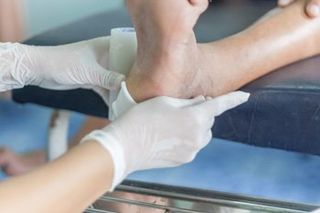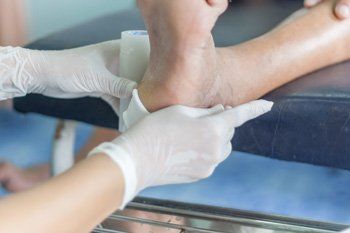Over the past three years, medical science has learned how to visualize these nerves and has created standards for their measurement. At Central Florida Foot and Ankle Specialists, PA, we have been providing this diagnostic service for our diabetic patients
since its availability. This test is called an epidermal nerve skin density analysis, and only a few dermatopathologists in the country are capable of performing it. Interestingly, some patients complain of foot numbness and have yet to meet the criteria for diagnosis of diabetes. This test also gives us advanced warning of the disease process that is on its way and already causing the first stages of nerve damage. This advanced onset of nerve damage can occur as much as six years before the diagnosis of type II diabetes is made by your primary physician.
Now the good part! Once the count of nerves and their health character has been determined by the pathologist, the podiatrist at Central Florida Foot and Ankle Specialists, PA
will be able to provide our patient with a prognosis for the regrowth of the lost nerves and a return of protective sensorium.



